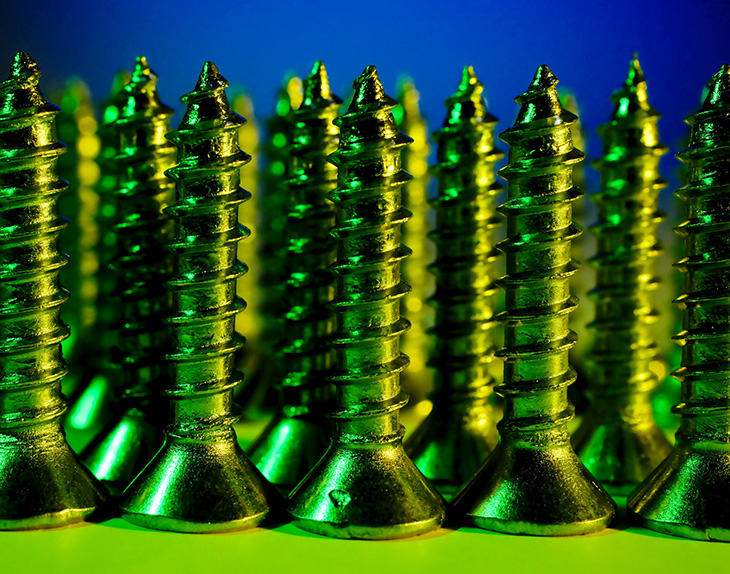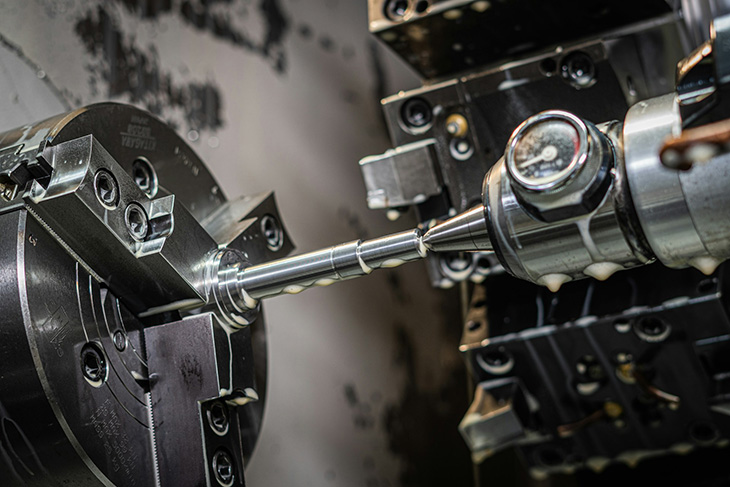Industries such as recycling and food processing frequently use optical sorting technology. Advanced machines can differentiate between different materials or consumables in various states. Leaders involved in fastener production have also benefited from optical sorters. How can such equipment result in more productive facilities?
Reducing False Positives During Defect Screenings
The outcomes associated with defective fasteners can range from mere annoyances to catastrophic events that attract regulatory scrutiny. People at the world’s leading fastener companies understand the importance of maintaining tight quality control standards. That approach is an excellent way to attract and retain customers while ensuring product reliability.
Optical sorting machines can increase the likelihood of brands keeping genuinely problematic items off the market. Then, they can safeguard their reputations and significantly reduce the chances of recalls.
Relatedly, industrial organizations increasingly adopt computer-integrated manufacturing to pursue continuous improvement and achieve growth. Many artificial intelligence-equipped robots have computer vision capabilities that allow them to see things more precisely or faster than humans. Although people still check many products undergoing automated inspections, integrated recognition systems can flag numerous items with substantial defects.
One machine that uses artificial intelligence to check fasteners can reduce waste by more readily identifying the items that fail quality control checks and removing them from batches. The equipment can also handle slight variations, such as minor product deformations or mild contamination due to specific processing methods.
Achieving Higher Output When Dealing With Multiple Fastener Types
Many leading fastener enterprises gain prominence by offering one-stop shops for customers in specific industries. Such instances usually require them to sell multiple fastener types within their facilities. Optical sorting machines can swiftly differentiate between various products with fewer errors than humans likely would. Such capabilities make businesses well-equipped to assist customers with various high-demand needs.
Consider one company that supplies bolts, gaskets and other small essentials to the oil, gas, and petrochemical industries. Its main manufacturing facility in Texas spans 300,000 square feet, including a 64,000-square-foot addition built during the COVID-19 pandemic. Executives say 78% of its products come from that Houston site, although they ship worldwide.
The brand even has a dedicated team that takes orders and makes items to ship within hours. Those requests come from customers who have urgent or highly specific requests who cannot afford to wait for the usual ordering time frames.
Optical sorters differ slightly by brand and model. However, some allow people to put in fasteners by the handful and let the machine separate them. These don’t necessarily remove humans from the process, but they could significantly reduce the time required to work with tiny fasteners manually.
Fasteners have many specific characteristics depending on their purposes. For example, spring plungers exert pressure on components to keep them in place. They come in color-coded and locking or non-locking varieties based on an individual’s needs. Customers can also choose various materials and finishes, which can affect aspects such as longevity, performance and aesthetics.
Optical sorting machines can easily handle all these differences. Customers also appreciate it when their chosen providers have wide fastener assortments. Having specialized sorting equipment working in the background ensures buyers get the correct orders as efficiently as possible.
Improving Internal Processes
The leaders of successful production facilities often focus on enhancing processes to elevate quality, reduce losses and gain other benefits. Optical sorting equipment aligns with that overarching goal.
In one example, a leading construction screw manufacturer changed processes by installing equipment to measure products, including those used for concrete and drywall. One machine needs only five seconds to give a complete dimensional layout of an examined item.
This change means workers spend less time on measuring-related tasks and can improve their accuracy. The machine also gives a visual indicator of a product’s quality score, making it easier to sort it accordingly.
The optical technology scrutinizes aspects such as radii, angles and diameters, and each measurement has a corresponding pass or fail indicator. Since the machine measures fasteners within 2 microns, it’s an excellent time saver that enables far better accuracy than previous methods.
People can also create custom reports that include part numbers and part feature tolerances. That information helps people sort the items that pass or fail, and then look at patterns associated with those in the latter category. Such insights can help decision-makers gradually reduce failures and increase a company’s competitiveness.
Optical Sorting Equipment Is Worth Exploring
Fastener-manufacturing employees must create and handle products made on a relatively small scale. Those characteristics could increase the likelihood of errors that could slow production. However, these examples show how optical sorting equipment can mitigate such issues while giving businesses the capacity to increase output, begin producing a wider variety of products, or make other changes to increase prominence and attract new customers.


























